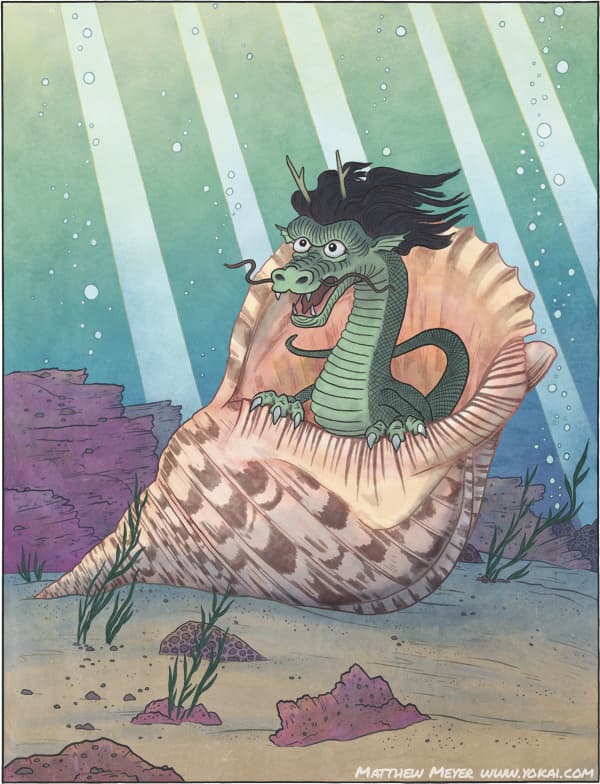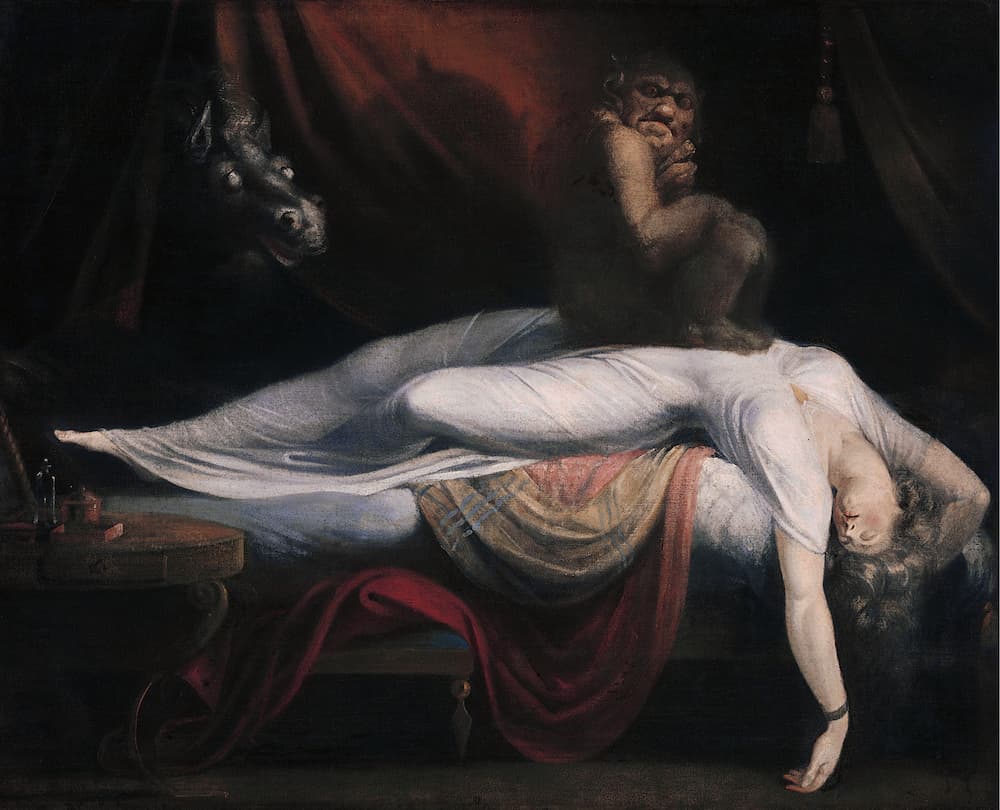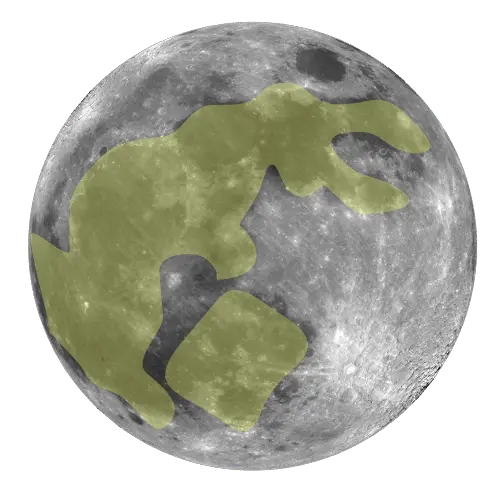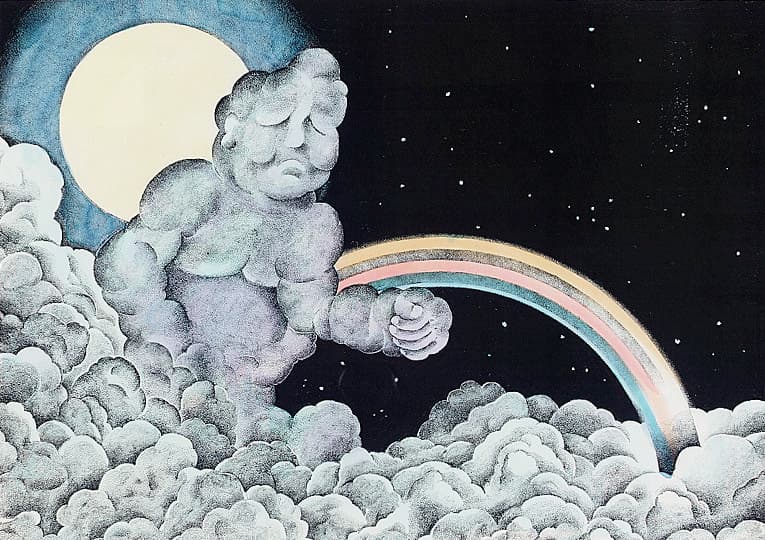This December, my girlfriend and I took a brief holiday and went to southern Germany. We wanted to visit weihnachtsmärkte, the famous Christmas markets, and go snow hiking. While walking some trails around Oberreute, more than once, we noticed two intertwined trees, already quite tall and grown up. It is a shame we did not take a picture, but it was interesting to see these two thin trunks, born one next to the other, rising in a spiral-like shape.

I didn’t take a picture, but the trees we found were twined like these ones. (Photo by Adobe Stock)
In the same days, we were also reading Shigeru Mizuki’s Yōkai Encyclopedia, a list of common Japanese monsters and spirits. Reading about the Yama no Kami, the mountain spirits, the book says that those twisted trees are left by them during the Kikazoe (the counting of the plants), in the last days of the year. During this period, it was forbidden to take a stroll on the mountains around Iwate prefecture, otherwise one would risk being transformed into a tree.
Gotta Catch ’em All! #
That strange Japanese encyclopedia is filled with incredible curiosities. There are some interesting connections with popular culture and, sometimes, even occidental folklore. First, it is no secret that Pokémon, known worldwide, are often based on Japanese mythological creatures.
Raichu, for example, #26 of the first generation of the Pocket Monsters —amarcord, Italians would say— is based on Raijū, the thunder beast. It may be depicted as a wolf or another animal1, and its cry is a thunder. It is said that trees struck by lighting have been scratched by Raijū’s claws. Another curious legend about this creature tells that it sleeps in traveler’s navels and, during bad weather, stomach ache is given by this beast.
About transforming creatures (and maybe Pokémon evolution!), the term Shussebora depicts a shell which, in a time span of 3.000 years, moves from the mountains to the plans, then finally to the sea, and turns into a mighty dragon.
Shussebora illustration (via Yokai.com)
There are so many examples of Pokémon based on yōkai monsters, but that’s not what I want to point out. There are also many deeply scary creatures, whom purpose remains unknown: when reading their description, the reader can just ask: “Why should this thing exist?”
Let’s take the Kurodama: it is a black, smoky globe that appears next to us when we sleep. It slowly moves from a person’s feet towards the mouth; if one wakes up, the monster quickly flies away, hard to be seen. Otherwise, if the victim keeps snoring, the creature slowly chokes him or her. The book says that this spirit has been invented to explain the short breath in hot summer nights; I say that there’s something wicked going on here2.

“The Nightmare” by John Henry Fuseli, 1781. Inspired by Holiday’s heavy dinners.
No wonder that the Kurodama is said to be linked to the kanashibari, the sleep paralysis: the state in which a person is unable to move or speak, but often sees something –or someone– observing them. In Europe, we have mares that cause nightmares. They could be related to the Japanese belief.
Maybe it’s better to talk about some “cuter” creatures. 😅 One of my personal favorites is the Moon rabbit: in many Asian countries, a rabbit is seen on the Moon’s surface. In Japan, it is said to be pounding rice for the mochi; in China, it is preparing the elixir of immortality.

You can figure out the rabbit and the “bowl” it is working with. Personally, on the Moon, I see a face. 🌝 (via Wikipedia.org)
There is always a darker version of many legends. 🌓 Other myths say that, on the Moon, a monster called Katsura Otoko can be seen: if one looks into his eyes, the creature will invite him or her to join him, and the victim’s life span will start shortening.
All The Same #
A concept we already talked about is contagious magic, and we can see it is widely applied in Japanese tales, too. One example is about the Suiko, a creature that lives in the water and, at least once a year, claims a human victim. It sucks all the blood out of the body, and then abandons the cadaver. One way to kill the monster consists of building a shrine in the middle of a field, and let the body of the victim decompose in there, instead of laying it to rest. As the body rots, so the blood eaten by the monster will, and it will die consequently.
Another similar tract with other civilizations is the fear and respect for human hair. Three hairs were held by fishermen on blankets and clothes to keep away a sea monster called Iso Onna. They were also used by Irish sailors to prevent rough sea. Also, we already saw how hair and nails were treated when cut from important persons, as the Emperor.
Reading about a terrible monster called Okiku Mushi, it is explained that, in Russia too, butterflies are believed to be reincarnation of human beings. It is a good omen when they fly on the shoulder or on a person’s open hand3: it means that the insect has a human heart. As we already pointed out, in many parts of the worlds, moths are often symbolized as the souls flying out of the body.

The Katsura Otoko. One of the few, wonderful illustrations from the Encyclopedia I could find on the web.
Spiders, too, were often not seen positively, or better said: they were a bad omen when encountered at night or in dream. When seen in the morning, otherwise, they brought luck to shopkeepers and merchants.
Broomsticks are another link to western countries: it is a common belief, in Japan too, that they can help during childbirth. One should be kept in a corner of the same room where the mother lies, and the knot of the old brooms should be untied before tossing them away, otherwise they’d bring a difficult labor.
No Country for Old Items #
As a common rule, we can say that in Japan, every object “gains a spirit” when it becomes old enough4. As Mizuki explains in the book, many of the spirits are created by human suggestion. Try to imagine living in the countryside, in the middle of the silence. As Guy de Maupassant wrote in La Horla:
Solitude is indeed dangerous for a working intelligence. We need to have around us people who think and speak. When we are alone for a long time we people the void with phantoms.
In the latest decades, as people tend to live in large urban centers, those old spirits are just… dying. As in Neil Gaiman’s American Gods, where divinities disappeared when no more people believed in them, also Japanese yōkai risk to be forgotten—and our traditions too, if we don’t preserve them.
One last note about this Encyclopedia: it contains some unique information that I couldn’t find anywhere else. One example of all: about the Jubokko, a tree that is said to drink human blood. On the internet, I’ve read that, when cut, it spills red blood—and the book agrees on that. But there’s also a short weird story from a Chinese collection of tales called Soshinki. I’ll translate it here:
Once upon a time, a man moved to the Kanan region, and bought a vegetable garden. In its center there was a massive tree with extremely long branches which grew in every direction, not allowing the light to pass; nothing could grow beneath it. So, the man ordered his crew to cut it down. When they hit the trunk with the axe, a huge amount of blood started spilling out – from 110 to 120 liters. “It’s a very old tree, it’s normal if it seems to bleed”, said the man.
As the blood kept flowing out, the workers started cutting down the branches. Then, from a hole in the bark, little people started coming out. They had white hair and looked like old men, but they were neither humans nor animals. They were tall from a hundred-twenty to a hundred-fifty centimeters. The man drew his katana and killed them all. Then the tree was cut down, and everything was back to normal.
Little people? Enough for today! 🙉
-
In Japanese tales, many animals are believed to be quite mischievous. Among them, foxes and tanuki are the worst! 🦊🦝 ↩︎
-
It is also said that, before a ghostly vision, a white globe called Hitodama appears. Could it be related to the evil black globe? ↩︎
-
To be fair, the original text specifies that insects may lay on “the hand of a middle-aged woman”. ↩︎
-
Even toilets have their own spirits – Kanbari Nyūdō 👀 ↩︎